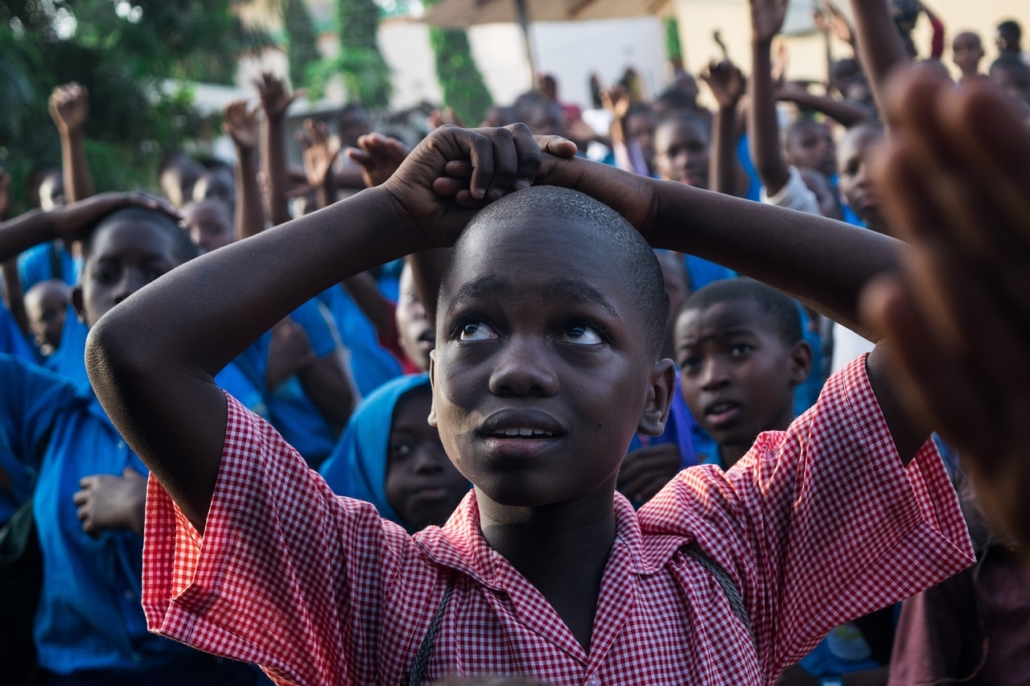Being Poor in Kenya: Challenges and Solutions
 Millions of Kenyans live in abject poverty. In 2022, the overall poverty rate was approximately 40%, and the food poverty rate was around 32%. Kenyans suffer financially and lack the resources to live a stable and productive life, even as the country’s economy grows. To address this inequality, the Kenyan government and NGOs have implemented programs and initiatives to fight this problem. Here is information about being poor in Kenya.
Millions of Kenyans live in abject poverty. In 2022, the overall poverty rate was approximately 40%, and the food poverty rate was around 32%. Kenyans suffer financially and lack the resources to live a stable and productive life, even as the country’s economy grows. To address this inequality, the Kenyan government and NGOs have implemented programs and initiatives to fight this problem. Here is information about being poor in Kenya.
Challenges
Several challenges exist that exacerbate poverty in Kenya. Here are some examples of those challenges:
- Limited Access to Basic Services: Limited access to quality education, health care and clean water affect many Kenyans. Overcrowded classrooms and poor learning conditions prevent educational development in many schools. Major health risks arise for families due to common poor hygiene habits. In the urban slum of Kibera, crowded shacks and contaminated water bring about typhoid and cholera.
- Unemployment: The World Bank Group estimates that 75% of young Kenyans (35 and under) have few employment opportunities. Being poor in Kenya leads to most people performing low-paying informal work with little job security. Many farmers also struggle with poor infrastructure and limited access to international markets.
- Food Insecurity: Rising food prices and regular droughts make it challenging for families to afford food. Rural Kenyans suffer from a lack of soil fertility and volatile weather. The Institute for Climate Change and Adaptation interviewed farmers in Yatta and found that food shortages negatively affected 87%, rising food prices impacted 76% and decreased water availability affected 72%.
- Gender Inequality: Being poor in Kenya leads many women to face social and economic barriers. These women are mostly limited to low-paying household employment. Cultural standards create very young mothers, which forces women into full-time childcare and discourages further education. Additionally, a 2023 report found that women are around 27% less likely to have the same opportunities as men, especially in political representation and decision-making power.
- Environmental Disasters: Environmental disasters severely impact Kenya. Unpredictable climate shocks prevent local communities from recovering, leading to forced displacement. Indeed, a farmer in Loya states that droughts and locust infestations are “missiles sent from the skies.” Lengthy droughts in Kenya’s arid regions have caused hunger for 23.8 million people.
- Crime: Rampant poverty leads to rampant crime. A Security Research and Information Centre study found that 98.8% of residents of urban slums had seen a crime within the past three months. Being poor in Kenya also drives people to commit minor crimes, such as illegally selling alcohol or wood.
Solutions and Initiatives
Despite the difficulties that Kenya is facing, several initiatives are working to address poverty in Kenya. Here are examples of some of those initiatives:
- Inua Jamii Program: The Inua Jamii Program is a government-led cash transfer program. President Uhuru Kenyatta started it in 2015; the goal was to fight poverty and help vulnerable populations, such as the elderly, orphans and disabled. This program provides bi-monthly cash transfers, helping more than 700,000 elderly people greatly improve their well-being.
- The BOMA Project: Kathleen Colson founded The BOMA Project in 2005 and it operates as a U.S. nonprofit and Kenyan NGO. BOMA’s Rural Entrepreneur Access Project provides cash grants and business training to Kenyan women in arid regions. It empowers these women to start small businesses and work towards escaping poverty. BOMA has launched more than a thousand businesses and hundreds of savings groups, helping more than 800,000 women and children overcome poverty.
- Waste Management: Alfy Ayoro and Yajub Jaffar founded the local organization Kibra Green in 2017. The organization allows Kibera residents, especially young people, to be involved in their community by establishing weekly garbage clean-ups and by collecting and selling recyclable items. The organization also trains locals in metalworking for future job opportunities, strengthening community engagement and helping them overcome poverty.
- Vaccine and Sanitation Initiatives: Kenya’s Ministry of Health and Shining Hope for Communities launched a vaccination campaign to fight Nairobi’s cholera outbreak. The outbreak started in 2022 and health officials acted fast by temporarily closing schools. Nairobi’s informal settlements were especially at risk due to a lack of clean water and poor sanitation, making it easier for a waterborne disease like cholera to spread. This initiative achieved a 99.2% vaccination rate and implemented over twenty new sanitary facilities and water ATMs, improving overall sanitation and reducing disease.
- Water Backpacks: Teachers gave students water backpacks to transport water to and from schools in Laikipia County efficiently. Teachers and health officials educated students on proper hygiene. These backpacks created more locations where students could access safe drinking water, greatly improving their health. Adding the backpacks in classes prevented students from overcrowding around one water source.
Looking Ahead
Millions of Kenyans struggle with limited access to essential services, unemployment and food shortages made worse by climate change and sanitary concerns. However, successful initiatives against poverty are possible through heavy investments in many government and international organizations. Overcoming this widespread issue involves long-term partnerships between many organizations to guarantee the complete elimination of poverty in Kenya.
– Rafe Photopoulos
Rafe is based in Gainesville, FL, USA and focuses on Global Health for The Borgen Project.
Photo: Pixabay
